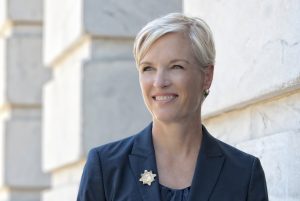A capital campaign raises money that a nonprofit organization uses for any physical asset, such as purchasing or renovating a building. It’s a critical part of managing in the nonprofit sector. This introductory-level course covers the key terminology and practices…












